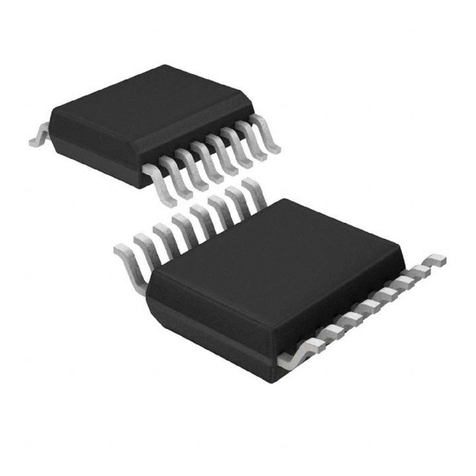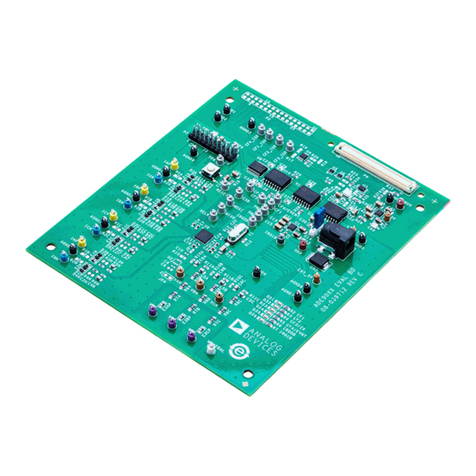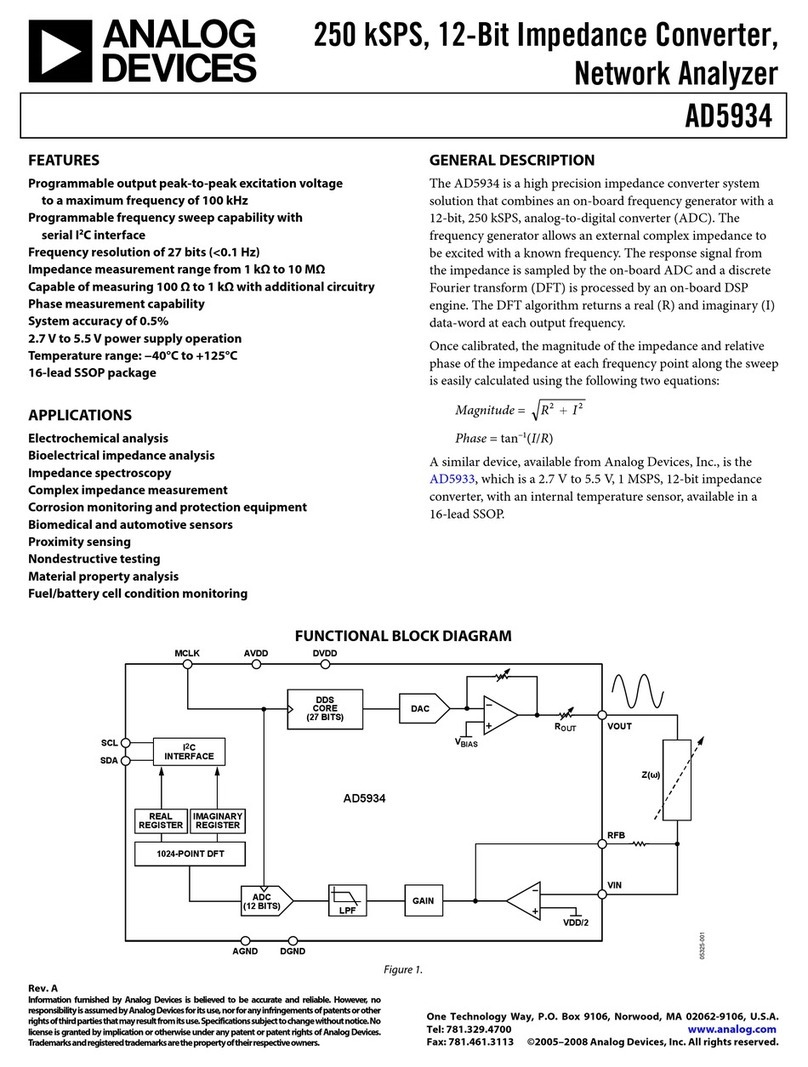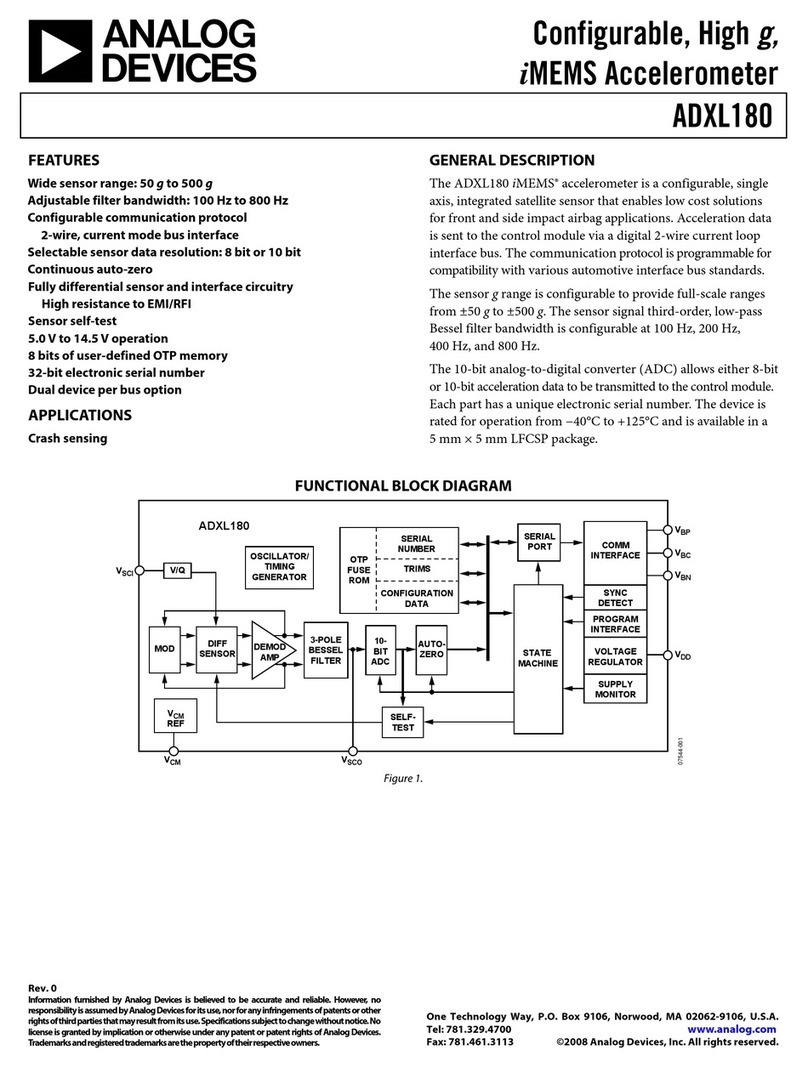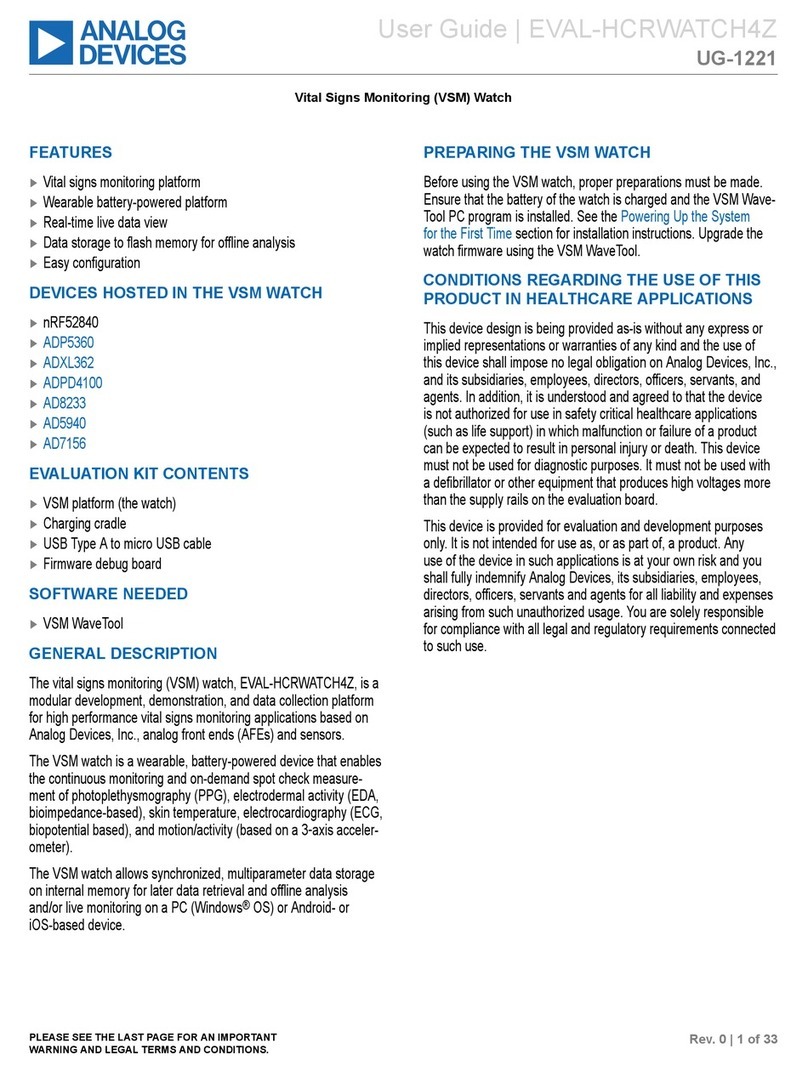
ADT7476
Rev. B | Page 2 of 72
TABLE OF CONTENTS
Features .............................................................................................. 1
General Description ......................................................................... 1
Functional Block Diagram .............................................................. 1
Revision History ............................................................................... 3
Specifications..................................................................................... 4
Timing Diagram ........................................................................... 5
Absolute Maximum Ratings............................................................ 6
Thermal Resistance ...................................................................... 6
ESD Caution.................................................................................. 6
Pin Configuration and Function Descriptions............................. 7
Typical Performance Characteristics ............................................. 9
Product Description....................................................................... 11
Feature Comparisons Between ADT7476 and ADT7468..... 11
Recommended Implementation............................................... 12
Serial Bus Interface..................................................................... 13
Write Operations ........................................................................ 15
Read Operations ......................................................................... 16
SMBus Timeout .......................................................................... 16
Virus Protection.......................................................................... 16
Voltage Measurement Input...................................................... 17
Analog-to-Digital Converter .................................................... 17
Input Circuitry............................................................................ 17
Voltage Measurement Registers................................................ 17
Voltage Limit Registers .............................................................. 17
Extended Resolution Registers ................................................. 17
Additional ADC Functions for Voltage Measurements ........ 17
VID Code Monitoring ............................................................... 20
VID Code Input Threshold Voltage......................................... 20
VID Code Change Detect Function ........................................ 20
Programming the GPIOs........................................................... 20
Temperature Measurement Method ........................................ 20
Factors Affecting Diode Accuracy........................................... 22
Additional ADC Functions for Temperature Measurement 23
Limits, Status Registers, and Interrupts....................................... 25
Limit Values ................................................................................ 25
Status Registers ........................................................................... 26
THERM Timer ........................................................................... 28
Fan Drive Using PWM Control ............................................... 31
Laying Out 3-Wire Fans ............................................................ 33
Programming TRANGE.................................................................. 36
Programming the Automatic Fan Speed Control Loop ............ 37
Manual Fan Control Overview................................................. 37
THERM Operation in Manual Mode...................................... 37
Automatic Fan Control Overview............................................ 37
Step 1: Hardware Configuration .............................................. 38
Step 2: Configuring the Mux .................................................... 41
Step 3: TMIN Settings for Thermal Calibration Channels ...... 43
Step 4: PWMMIN for Each PWM (Fan) Output ...................... 44
Step 5: PWMMAX for PWM (Fan) Outputs.............................. 45
Step 6: TRANGE for Temperature Channels................................ 46
Step 7: TTHERM for Temperature Channels ............................... 48
Step 8: THYST for Temperature Channels.................................. 50
Fan Presence Detect................................................................... 51
Fan Sync....................................................................................... 52
Standby Mode ............................................................................. 52
XNOR Tree Test Mode .............................................................. 52
Power-On Default ...................................................................... 52
Register Tables ................................................................................ 53
Outline Dimensions....................................................................... 72
Ordering Guide .......................................................................... 72












